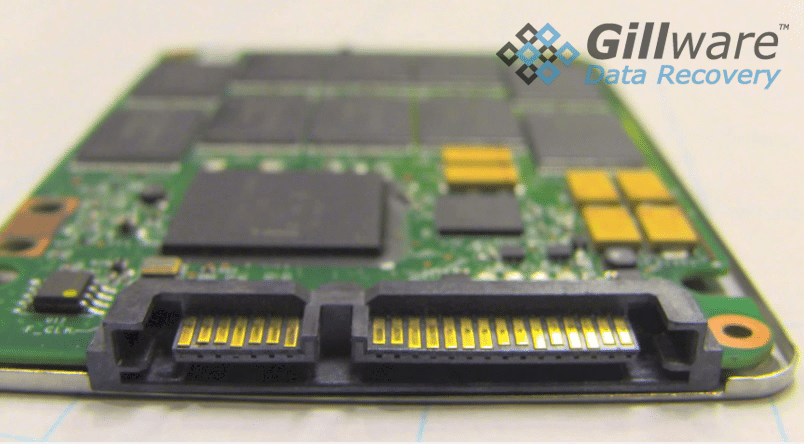What is a SATA Hard Drive?
You may be asking yourself: What is a SATA HDD?
There are a wide variety of computer science related acronyms. SDD, HDD, SATA, and PATA stand for solid state drive, hard disk drive, serial advanced technology attachment, and parallel advanced technology attachment, respectively.
SATA stands for Serial Advanced Technology Attachment, and it is an interface that connects host bus adapters to storage devices like optical drives, solid state drives, and hard disk drives. In short, SATA enables your computer to read and write data to storage devices. SATA hard drives can be found in servers, desktop computers, laptops, and gaming consoles such as the Xbox 360 and One and the PlayStation 3 and 4.

Solid State SATA vs Hard Disk Drive SATA
A SATA HDD has a typical lifespan of around 3 to 4 years. On the other hand, a SATA SSD has a projected lifespan of around 10 years. This is not surprising, as solid state drives are known for being far more durable than hard disk drives (albeit solid state drives are more expensive). Solid state SATA drives also boot up faster than HDD SATA drives.
SATA drives are less likely to experience catastrophic failure than other storage mediums. SATA drives are far more likely to undergo a gradual decline of hard drive performance, giving the user enough time to move their files over to a new storage device.
Seeing as SATA-enabled hard drives have been around for over 20 years, they are supported by nearly all operating systems and computer motherboards.
Do you Need SATA Hard Drive Data Recovery?

History of SATA Drives
SATA was announced in the year 2000, as an improvement and alternative to PATA (parallel advanced technology attachment). SATA is a superior technology that has largely replaced parallel ATA. In 2008, 99% of the desktop PC market used SATA interfaces.
One of the major upgrades from PATA to SATA is that SATA is capable of hot-swapping. Hot swapping is the concept of adding or removing a hard drive from a system without shutting the system down.
SATA revision 1.0 Serial ATA-150
The first reversion of SATA was released in 2003, and communicates at a rate of 150 MB/s.
SATA revision 2.0 Serial ATA-300
The second generation of SATA was released in 2004, and communicates at a rate of 300 MB/s.
SATA revision 3.0 Serial ATA-600
The third generation of SATA was released in 2008, and communicates at a rate of 600 MB/s.
How to Handle SATA Failure
If you experience catastrophic failure on a SATA-enabled HDD or SSD, you likely require professional assistance to retrieve your data. Gillware operates an advanced data recovery lab that has been helping businesses and individuals recover data since 2004. Gillware has the equipment, experience, and expertise to recover your data from SATA HDD or SATA SSD storage devices.
